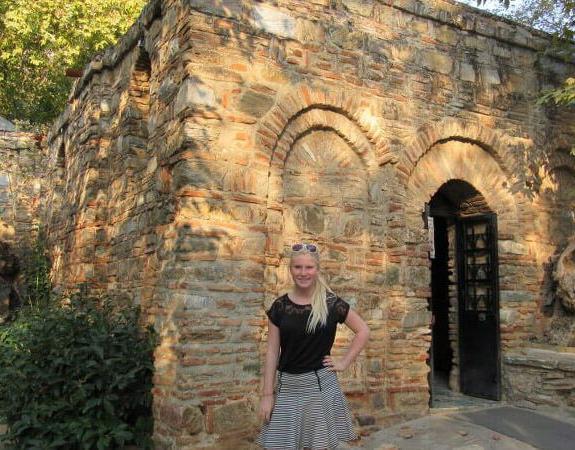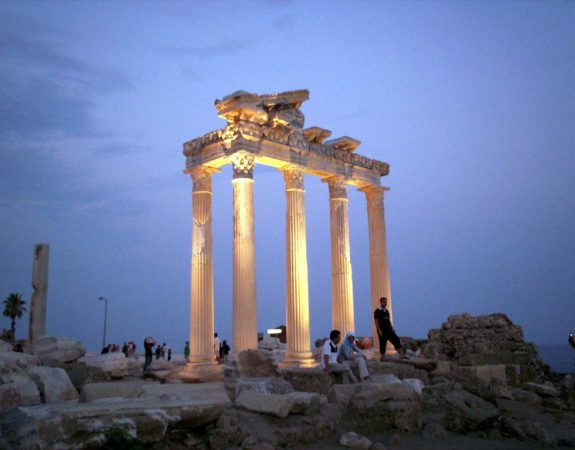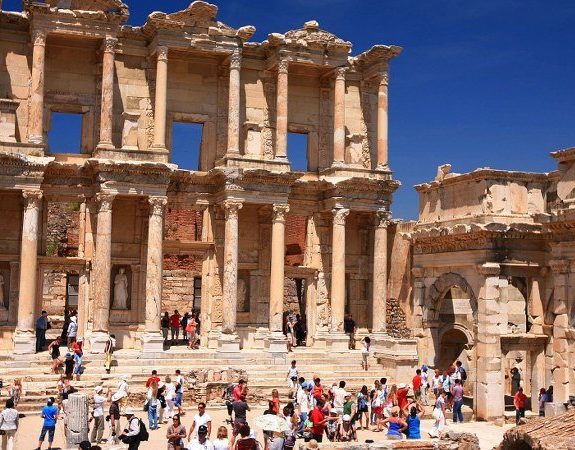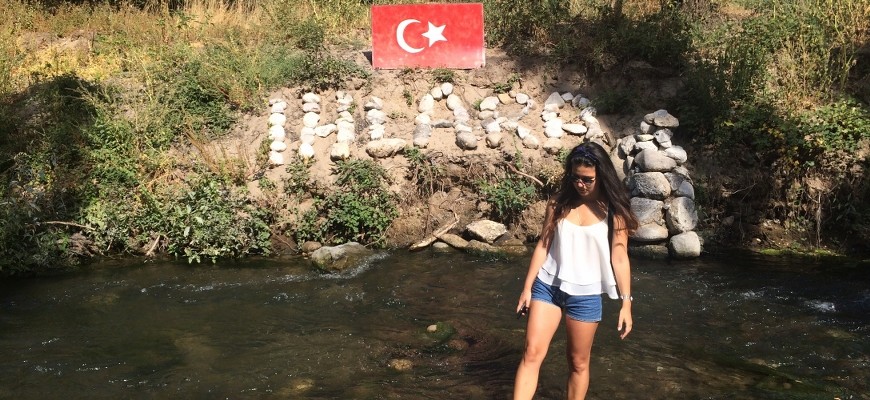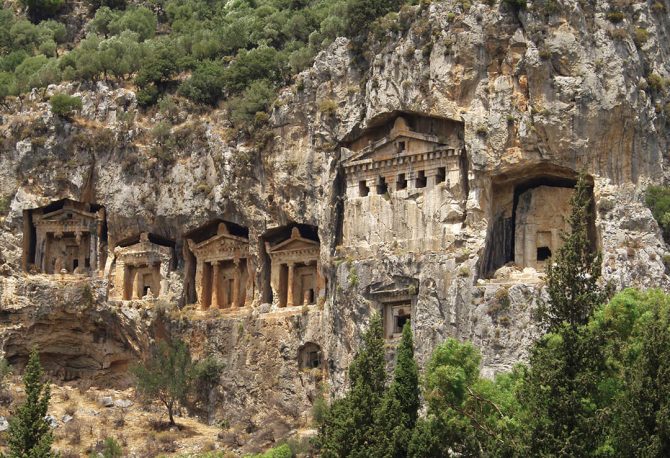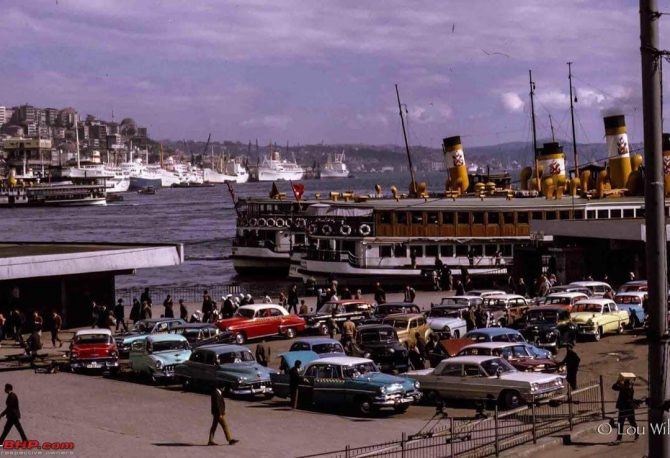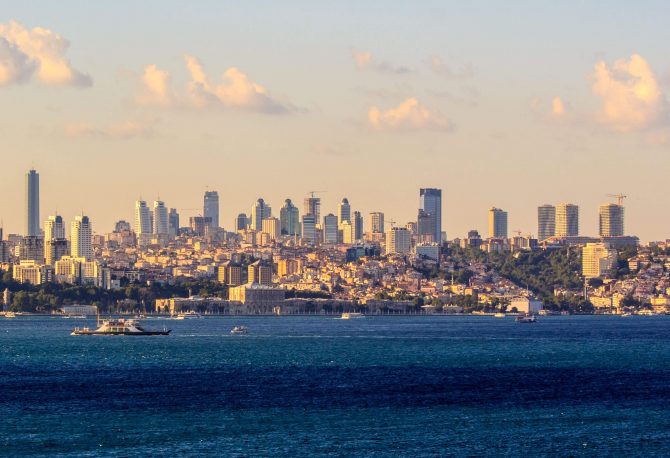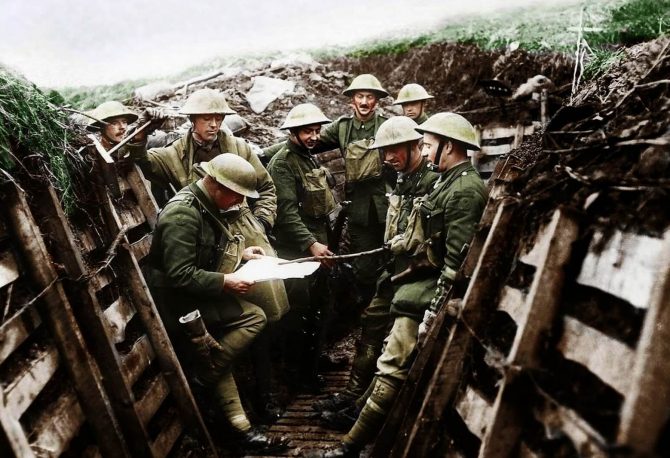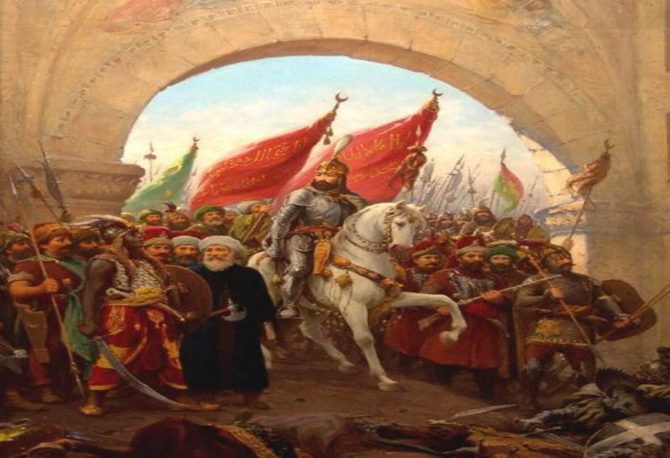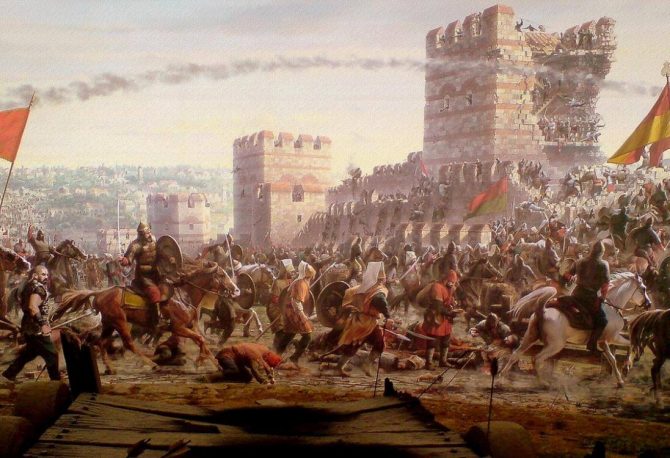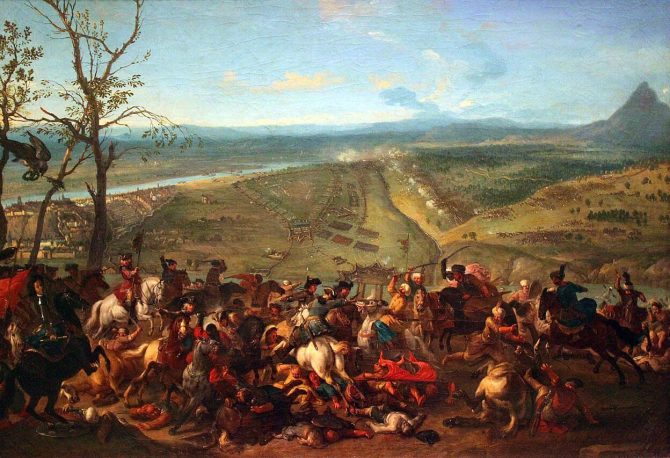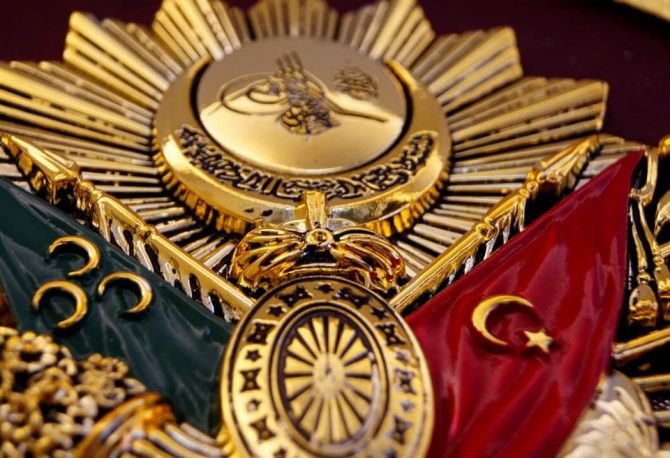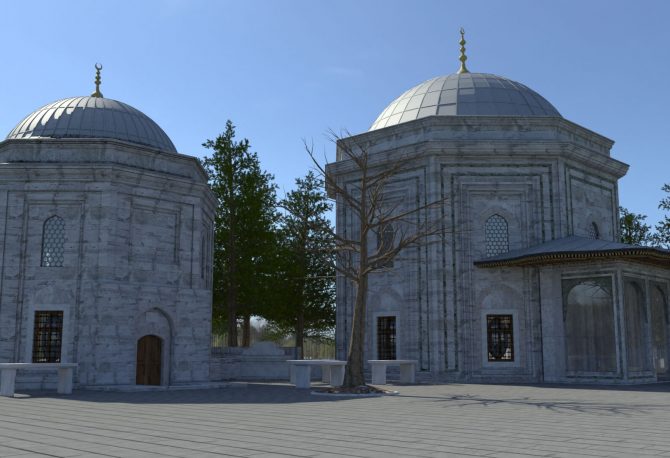TOWARD EUROPE: THE 1990S The 1990 outbreak of the Gulf War shifted the spotlight, with Özal opening Turkish airbases for the Allied air offensive. This robust demonstration of Western alignment was undone by further PKK terrorism and the retaliatory bombing of Iraqi Kurd villages by the Turkish airforce in 1992. You can click here to
THE TURBULENT 70S AND 80S The 1960s represented a leftist and anti-American shift in Turkish politics, with calls for social sector and land reform to address rapid industrialization. Frustrated with the government’s inability to deal with protestors, the army intervened in 1971, turning the country over to four years of ineffectual government. The military’s handling
MODERN TURKEY ATATÜRK’S AGENDA: REDUCE, REUSE, REFORM Mustafa Kemal became first president of the Turkish Republic in 1923. As part of his campaign to westernize Turkey, he required that all Turks adopt surnames, adding Atatürk, or “father of the Turks,” to his own name in 1934. He helped implement a Western style constitution and adopted
THE CULT OF MUSTAFA KEMAL In 1918, Turkey surrendered to the allies at Lemnos. The Treaty of Sevres gave the Turkish coast back to Greece and created an independent Armenia and Kurdistan. In March 1920, Britain placed Istanbul under military’ occupation, breaking up Parliament and exiling its members. The sultan accepted his “empire” of just
YOUNG TURKS AND WORLD WAR I First of all please read our writings. Because it has relations with them. The Ottoman Empire However, these reforms were unable to stem further military humiliation. Albanian uprisings and the Italian invasion of Ottoman North Africa were followed by alliances among the Balkan states of Serbia, Montenegro, Bulgaria, and
Ottoman Empire: The Plot Thickens During the 19th century, the Ottoman Empire was dubbed “the sick man of Europe.” European powers preferred that it remain a buffer state, helping to stabilize the balance of power established after Napoleon’s defeat in 1815. Russia seized as much as it could (Greece, Serbia, Wallacia, Georgia, and Danube ports)
First read the second chapter: The Ottoman Empire Chapter 2 The first major blow to the empire’s international reputation came with the Battle of Lepanto in 1571. Austria’s Don Juan led a Holy League that sank 200 of the 245 Turkish ships in an unprecedented naval demolition derby. Afterwards, the pace of Ottoman expansion slowed
First read the first chapter: The Ottoman Empire HOW SULEYMAN THE MAGNIFICENT GOT HIS NAME In 1520, Süleyman inherited an Ottoman Empire fresh from con- Accession of quests in Egypt, Syria and the Arabian peninsula. As Sultan (1520-66), the land-hungry Süleyman doubled the empire’s size again, securing borders from the Balkans to Iraq and south
THE EARLY YEARS The Beylik Period, which began after Selçuk centralized power collapsed in 1335, featured fragmented politics and competing fiefdoms (beylik). In the free for all land grab that followed the disintegrating Sultanate of Rum, a minor chieftain named Osman claimed the northwest corner near’ Bursa in 1326 and expelled the Byzantines. Though the
First read the first chapter: The Great Seljuk Sultane Taking advantage of a weakened Byzantine empire, Sultan Kay-Khosrow I (1192-1205) recaptured Konya in 1205 with the aid of frontier Turkmen tribes. The Sultanate of Rum was reunified and expanded vigorously to the west and to the north, absorbing the remnants of the Byzantine Empire. The



